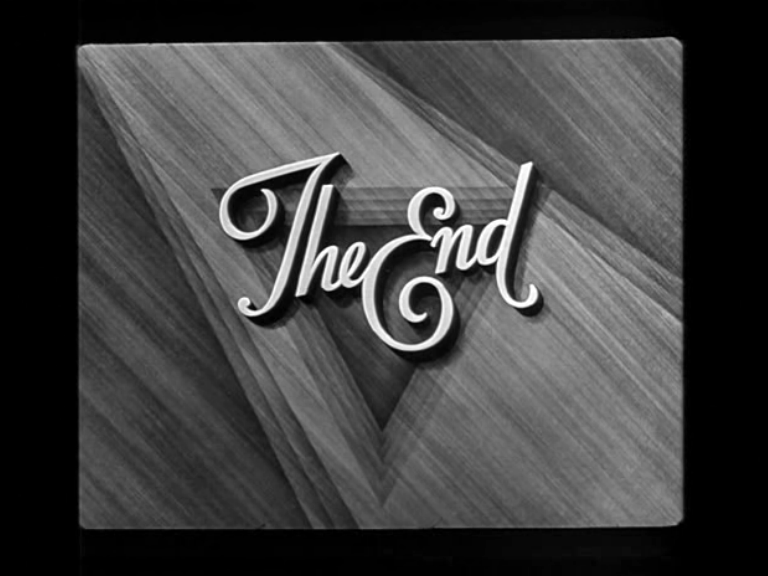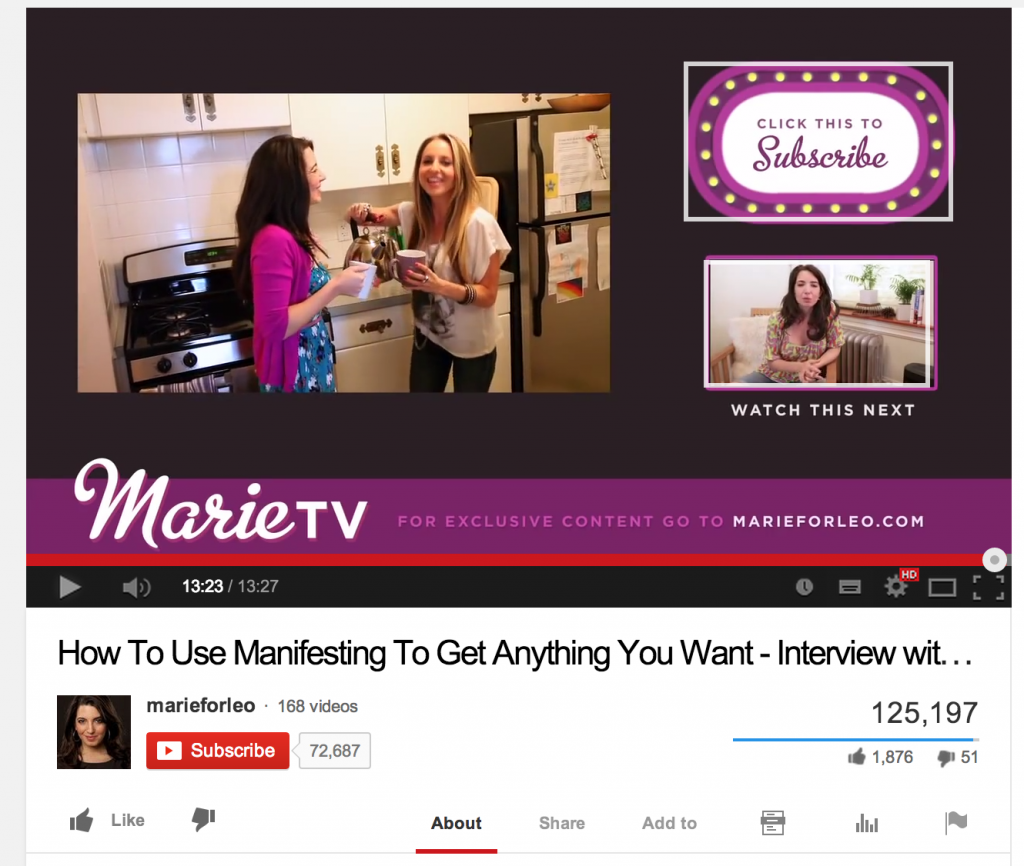
In a recent post we looked at the importance of hooking your audience in within the first 10 seconds of your video. In this follow up article we are going to look at making the most of the closing seconds.
If a viewer has reached the end of your video, you are doing something right as far as they are concerned. You want to make sure that these very interested parties are not only left with a good impression, but also a call to action.
Concluding your online video involves creative and practical possibilities. The end of your video is an opportunity to maximise the impact of the journey you have taken the viewer on. It is also a chance to offer practical information that might encourage further engagement with your brand.
Use a creative closing
There are an infinite number of ways to end a video. It obviously depends on what was at the beginning and in the middle! If your video follows a narrative structure, the closing moments are your opportunity to provide the audience with a ‘resolution’. Traditional narrative styles don’t leave stories open ended or cryptic, they tie up loose ends and offer closure to the viewer.
The video below is a ‘Google Story’ and tells the story of a ‘skatepark engineer’. The closing 20 seconds reveal to the viewer that he achieved his goal and that his dream became a reality.
Charity videos are interesting to analyse when considering how to close a video. Charity videos have very clear calls to action. They want to inspire the viewer to give to the charity. To do so they engage the viewer on a base emotional level – they share an injustice in the world and then reveal that the viewer can take a relatively small action (e.g. give £2 a month) and still make a difference. The video below from Wateraid clearly presents it’s case and it’s call to action:
I talked about this following video in our previous post about opening your video, but it also does such a great job of closing that I thought it was worth another mention here. This Guinness video tells a powerful story without any dialogue. It is built on two layers of revelation. The first revelation is early on in the video – that the game of basketball is actually wheelchair basketball. The concluding revelation is that only one of the players needs a wheelchair – and so the rest of the players are using one so that they can play with their friend. The message is one of loyalty. Guinness’s goal is that this story will have an impact on their reputation – they don’t need to tell people directly to drink their product.
Ways to use practical closings for online videos
Calls to action
A call to action is when you ask something of your viewer. You present them with a clear pathway of what to do after watching your video. Examples of calls to action are ‘visit our website at this address’, or ‘click on the link below to enter our competition’ or ‘leave a comment on our Facebook page now’. There are also lots of platform-specific possibilities, such as ‘click to subscribe’, or ‘like’ etc. Ultimately, a call to action is your opportunity to highlight to your viewers the best way for them to engage with you further.
Using annotations
Modern marketing has moved away from sales and towards storytelling. For this reason, it is actually difficult to find many very current examples of adverts/online marketing videos, which have pushy calls to action. Rather, the videos are focused on telling a story – because they want to have an emotional impact on the viewer. However there are more subtle ways to incorporate calls to action. See the example below from Expedia. It uses a discreet annotation to act as a call to action:
If you use YouTube, there is the option to use annotations. Annotations allow you to add layers to your video – layer types include text, links and ‘hotspots’. Annotations are useful because they make the viewer experience more interactive and engaging.
And if you pay to advertise your YouTube videos through Adwords then you can add annotations that link to sites external to YouTube.
It is important to avoid interrupting the viewers experience and keep your calls to action for nearer the end of the video. Annotations allow you to add clickable links to the video, which means you can tell viewers to literally ‘click here’ to subscribe to your channel or watch your other content.

Marie Forleo uses annotations twice in the video above. Firstly to encourage viewers to subscribe to her channel, and secondly to point them towards her next video. She also displays her website URL.
Using links as a call to action on YouTube
If annotations aren’t for you, for whatever reason, you can place URL’s in your video description and draw the viewers’ attention to where they can find it – e.g. ‘to view our website, follow the URL in our video description below’. You can also simply place a text URL at the end of your videos so that they can take the web address if they wish to. This method isn’t as ‘easy’ as an annotation (because it isn’t clickable) but it will still be appreciated by lots of viewers.
There is a surprising amount to consider when closing a video. You need to balance the emotional impact you want to achieve with making sure the viewers are left with the right message and information. It is worth the effort. Whether closing your video creatively, or just getting it right in terms of a call to action, this is your chance to convert the viewer to a loyal follower.
Read more: